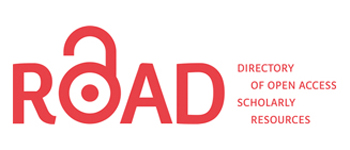DIFFERENCES IN THE PHYSICAL APPEARANCE OF WOMEN ENGAGED IN PROGRAMMED KINESIOLOGICAL ACTIVITIES IN RELATION TO CHRONOLOGICAL AGE
DOI:
https://doi.org/10.51558/1840-4561.2025.22.1.29Keywords:
Age, activity, differences, correlations, timeAbstract
One of the study's objectives was to detect differences in body image satisfaction among women who engage in kinesiological activities, with respect to their chronological age. One of the fundamental functions of the human body is physical activity. As defined, physical activity requires increased energy expenditure. Energy expenditure is most commonly expressed as the amount of oxygen consumed per unit of time, measured in absolute (ml×min⁻¹) or relative oxygen uptake (ml×min⁻¹·kg⁻¹). Physical activity is described through four dimensions: frequency, duration, intensity, and type of activity (Caspersen, Powell & Christensen, 1985). Frequency refers to the number of activity repetitions within a given timeframe (weekly or monthly). Total physical activity includes, alongside all other forms, health-oriented physical activities that are specifically aimed at improving health. Given that a high capacity for physical performance is a positive health criterion (Mišigoj-Duraković et al.,1999), health-oriented physical activity also includes structured and planned non-competitive exercise and sports. A potential classification of influencing factors can be divided into four categories: (1) personal characteristics (e.g., age, gender, education level, experience, type of occupation, body mass index, health status), (2) psychological and behavioral characteristics (e.g.,self-efficacy, enjoyment, self-motivation, perceived barriers), (3) environmental factors (social and physical) (e.g., social support, access and opportunities for physical activity, climate conditions, safety), and (4) characteristics of the physical activity itself (e.g., intensity, type, perceived exertion) (Nahas, Goldfine & Collins, 2003).
Downloads
Downloads
Published
How to Cite
Issue
Section
License

This work is licensed under a Creative Commons Attribution-NonCommercial-NoDerivatives 4.0 International License.






